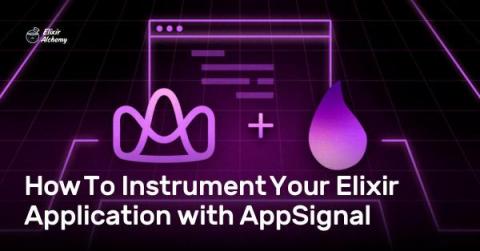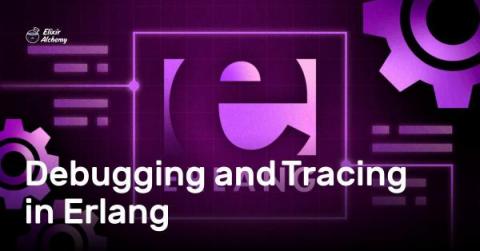Calling Ruby Methods in C: Avoid Memory Leaks
Memory leaks are a pain for gem users. They are hard to track and can lead to expensive infrastructure costs. Memory leaks within a C extension are even worse. You'll see a lot of tools and articles about finding leaks in Ruby. However, you don't have the same access to internals in C. A naive usage of rb_funcall can cause memory leaks: it's much better to use rb_protect instead. So, if you are a C extension writer, please read on for the sake of developers who will use your gem. Let's get started!







